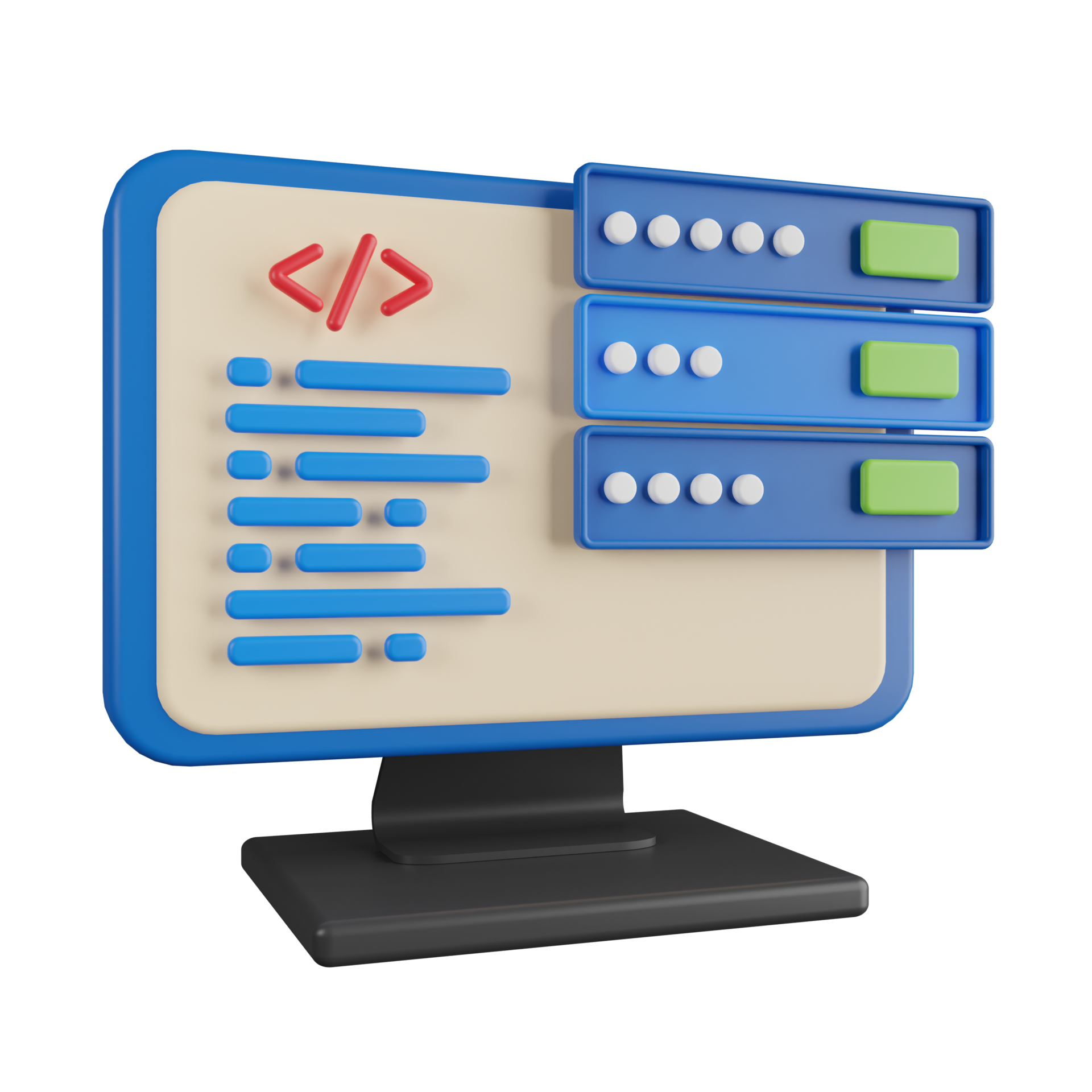Building the Future: Navigating the Web3 Development Revolution

The digital landscape is undergoing a profound transformation, heralded by the advent of Web3 development. As we transition from the traditional internet to this new decentralized paradigm, we are witnessing an unprecedented shift in how users interact with technology, data, and each other. thirdweb Web3 promises to empower individuals by returning control of data and digital assets to the users themselves, moving away from centralized platforms that have dominated the online experience for years.
This evolution is not just about technology; it is about building a more equitable internet where transparency, security, and community govern interactions. Developers are at the forefront of this revolution, creating innovative applications and platforms that leverage blockchain technology, smart contracts, and cryptocurrencies. As we navigate this exciting terrain, it becomes essential to understand the principles and practices shaping Web3 development and its potential to redefine our digital future.
Understanding Web3 Fundamentals
Web3 development is the next evolution of the internet, transforming how users interact with digital systems through decentralized protocols. Unlike Web2, which relies on centralized platforms, Web3 empowers individuals by utilizing blockchain technology, allowing for peer-to-peer transactions and ownership of digital assets. This shift promises increased security, privacy, and user control, fundamentally altering the landscape of online engagement.
At the core of Web3 is the concept of decentralized applications, or dApps, which operate on blockchain networks. These applications are designed to be open-source and transparent, ensuring that users have the ability to trust the systems they engage with. Developers leverage smart contracts to automate processes and facilitate transactions, eliminating the need for intermediaries. This shift reduces costs and enhances efficiency, making dApps a pivotal component of the Web3 ecosystem.
Additionally, Web3 introduces new economic models through tokens and cryptocurrencies. These digital assets enable users to participate in governance, incentivize contributions to networks, and create new revenue streams. The ability to tokenize assets allows for fractional ownership and democratizes access to investment opportunities. This innovative financial infrastructure is attracting developers and entrepreneurs looking to create sustainable and inclusive digital ecosystems in the rapidly evolving landscape of Web3.
Key Technologies Driving Web3
Web3 development is fundamentally transforming how we interact with digital platforms, driven by several key technologies. Blockchain serves as the backbone, providing a decentralized and secure way to store and transfer data. This technology enables transparency and trust, allowing users to verify transactions without relying on traditional intermediaries. As decentralization becomes increasingly vital, various blockchain protocols are emerging, catering to specific needs and enhancing the functionality of decentralized applications.
Smart contracts are another crucial component of Web3, automating processes and enforcing agreements directly in code. These self-executing contracts eliminate the need for intermediaries, reducing costs and increasing efficiency. Developers are leveraging smart contracts to build decentralized finance solutions, governance models, and digital identity systems. As more businesses and individuals recognize the potential of smart contracts, their adoption is accelerating, paving the way for innovative applications in numerous sectors.
Decentralized storage solutions such as IPFS and Filecoin are also essential to the Web3 ecosystem. They allow for decentralized file hosting, giving users greater control over their data and enhancing privacy. Unlike traditional cloud storage, these systems distribute data across a network of nodes, reducing the risk of data loss and censorship. As developers seek to create more resilient and user-centric applications, decentralized storage technologies will play a pivotal role in shaping the future of the web.
Challenges and Opportunities in Web3 Development
Web3 development presents a unique set of challenges that can hinder the progress of creating decentralized applications. One significant challenge is the complexity of blockchain technology itself, which can be difficult for developers to grasp fully. Understanding smart contracts, consensus mechanisms, and decentralized storage requires a shift in mindset and skill set for many traditional developers. Moreover, security is a paramount concern, as vulnerabilities in smart contracts can lead to significant financial losses and erode trust in decentralized systems.
Despite these challenges, Web3 development offers numerous opportunities for innovation and growth. As industries begin to recognize the potential of decentralized technology, there is an increasing demand for skilled developers who can navigate this evolving landscape. This demand opens the door for new projects and startups that leverage blockchain to create solutions in finance, supply chain, and more. Additionally, the collaborative nature of open-source projects in the Web3 space encourages knowledge sharing and creativity, fostering a vibrant community of innovators.
The future of Web3 development is filled with potential as more individuals and organizations explore decentralized solutions. As regulatory frameworks continue to evolve, they can provide a clearer path for developers to create applications that comply with legal standards while still promoting user ownership and data privacy. As the ecosystem matures, the challenges encountered today may become stepping stones to more robust and user-friendly decentralized applications.
